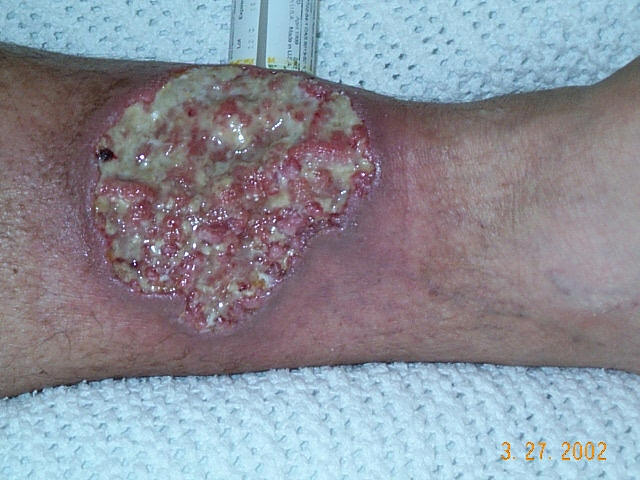Atrial septal defects may present as:
- dyspnoea on exertion
- finding after AF diagnosed
- finding after CVA
- finding after heart failure
Clinical signs include:
- fixed splitting S2
- ejection systolic murmur
- left parasternal heave
A cardiac echo may show paradoxical ventricular septal motion due to right sided overload.
There are 3 main atrial septal defects to be aware of:
1: Ostium secundum defect
- Ostium secundum defects account for 70% of atrial septal defects
- caused by an enlarged foramen ovale
- ECG shows RBBB with right axis deviation and a long PR
- 10-20% of cases will be associated with mitral valve prolapse
- it tends to present in adulthood
2: Ostium primum defect
- ostium primum defects account for 15% of atrial septal defects
- ECG shows RBBB with left axis deviation and a long PR
- it tends to present earlier, in childhood
- it is associated with Downs, Klinefelters and Noonans
- some feel it should be classified as a atrioventricular septal defect as it is so low down in the atria, on the endocardial cushions
- often associated with TR/MR.
3: Sinus venous atrial septal defect
Treatment is closure.
A very small atrial septal defect is
patent foramen ovale. This is different from the others as as it is so small it does not allow equilisation of atrial pressures. It occurs in
25% of the population and can allow paradoxical emboli (see below) and is associated with migraine.
Complications of ASDs include:
- Eisenmengers Syndrome
- left-to-right shunt causes increased blood flow through pulmonary vasculature and so pulmonary hypertension, which increases the pressure in the right side of the heart leading to reversal of the shun to right-to-left = eisenmnegers syndrome.
- paradoxical emboli
- venous emboli ending up in arterial rather than venous system
- --> strokes, intestinal infarcts, splenic infarcts
- ? migraines - controversial area of research - google if you are interested.
Finally for ASDs a brief eponymous syndrome that occasionally appears in MRCP answer options: Holt-Oram.
Holt Oram is an inherited condition characterised by abnormalities of the heart and upper limb. It is inherited in an autosomal dominant manner with incomplete penetrance.
Now skip straight to
last battle of the day
